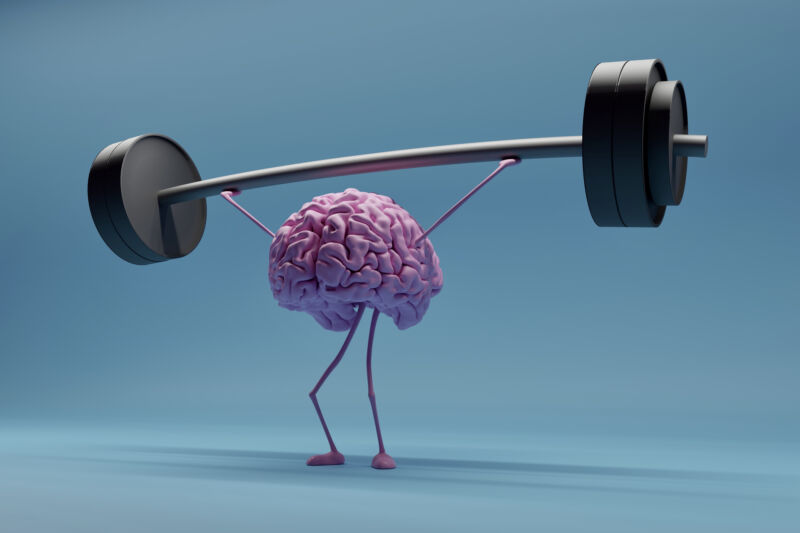How humans got a new gene that makes our brains larger
Ars Technica 2023-01-05

Enlarge / Building a bigger brain requires new genes, not a workout. (credit: OsakaWayne Studios)
On the DNA level, there's not a whole lot to distinguish us humans from our closest relatives, chimpanzees and bonobos. At stretches of DNA that line up, human and chimp sequences are well over 90 percent identical. And, for the most part, the DNA does line up at genes; there are very few genes that are either human- or chimp-specific.
That has meant most of the focus on understanding human evolution has been on small changes that can alter the timing or level of gene activity, and thus have an effect that's not proportionate to the number of bases changed.
But that's not to say that newly evolved genes are irrelevant to human evolution. A paper released this week looks into how a class of new genes evolved since our split with our simian relatives. After gaining some insight into how this class evolved, the team behind the work looked at one of these newly evolved genes and found that it plays a key role in building bigger brains.